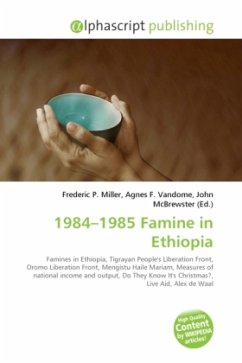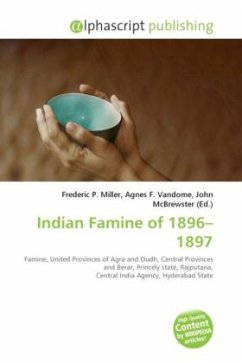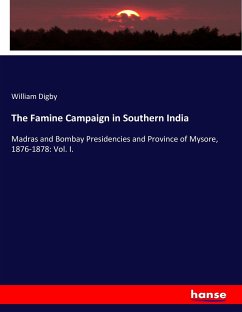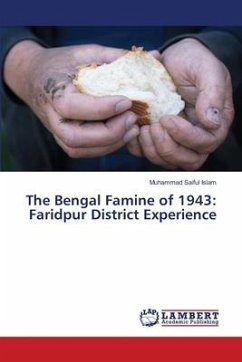High Quality Content by WIKIPEDIA articles! There were 14 famines in India between 11th and 17th century. For example, during the 1022-1033 Great famines in India entire provinces were depopulated. Famine in the Deccan and Gujarat killed at least 2 million people in 1630-32. Drought in India has resulted in tens of millions of deaths over the course of the 18th, 19th, and 20th centuries. Indian agriculture is heavily dependent on the climate of India: a favorable southwest summer monsoon is critical in securing water for irrigating Indian crops. In the past, droughts have periodically led to major Indian famines, including the Bengal famine of 1770, the Chalisa famine, the Doji bara famine, the Great Famine of 1876 78; and the Bengal famine of 1943. "The prospect of a devastating famine every few years was inherent in India's ecology" The last famines were the Bihar starvation in December 1966 and a drought in Maharashtra in 1970-1973. Green Revolution has since improved yields significantly.
Bitte wählen Sie Ihr Anliegen aus.
Rechnungen
Retourenschein anfordern
Bestellstatus
Storno








